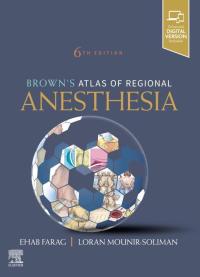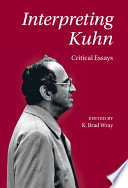Buy Brown’s Atlas of Regional Anesthesia 6th Edition PDF ebook by author Ehab Farag; Loran Mounir-Soliman – published by Elsevier in 2021 and save up to 80% compared to the print version of this textbook. With PDF version of this textbook, not only save you money, you can also highlight, add text, underline add post-it notes, bookmarks to pages, instantly search for the major terms or chapter titles, etc.
You can search our site for other versions of the Brown’s Atlas of Regional Anesthesia 6th Edition PDF ebook. You can also search for others PDF ebooks from publisher Elsevier, as well as from your favorite authors. We have thousands of online textbooks and course materials (mostly in PDF) that you can download immediately after purchase.
Note: e-textBooks do not come with access codes, CDs/DVDs, workbooks, and other supplemental items.
eBook Details:
Full title: Brown’s Atlas of Regional Anesthesia 6th Edition
Edition: 6th
Copyright year: 2021
Publisher: Elsevier
Author: Ehab Farag; Loran Mounir-Soliman
ISBN: 9780323654357, 9780429561221
Format: PDF
Description of Brown’s Atlas of Regional Anesthesia 6th Edition:
This innovative volume introduces Twinley’s concept of ‘The Dark Side of Occupation’. Focused on less explored and under-addressed occupations, it is an idea which challenges traditional assumptions around the positive, beneficial, health-promoting relationship between occupation and health. Emphasising that people’s individual experiences of occupations are not always addressed and may not always be legal, socially acceptable, or conducive to good health, the book investigates how these experiences can be explored theoretically, in practice and research, and in curriculum content for those learning about occupation. Beginning with a discussion of some assumptions and misunderstandings that have been made about the concept, the substantive chapters present and analyse tangible examples of the concept’s applicability. This ground-breaking and practice-changing text provides ideas for future research and highlights contemporary, internationally relevant issues and concerns, such as the coronavirus pandemic. This book is an essential purchase for students in occupational therapy and science, and valuable supplementary reading for practitioners. It is also relevant to a wide interdisciplinary audience with an interest in human occupation, encompassing anthropologists, councillors, criminologists, nurses, and human geographers.





